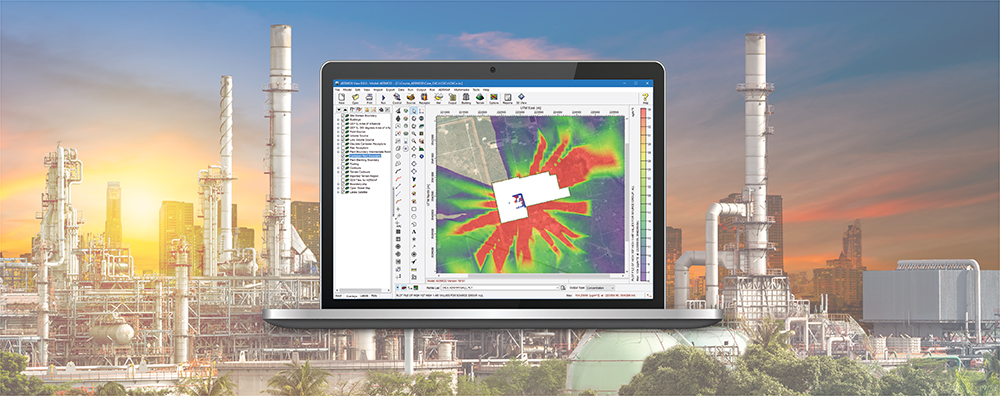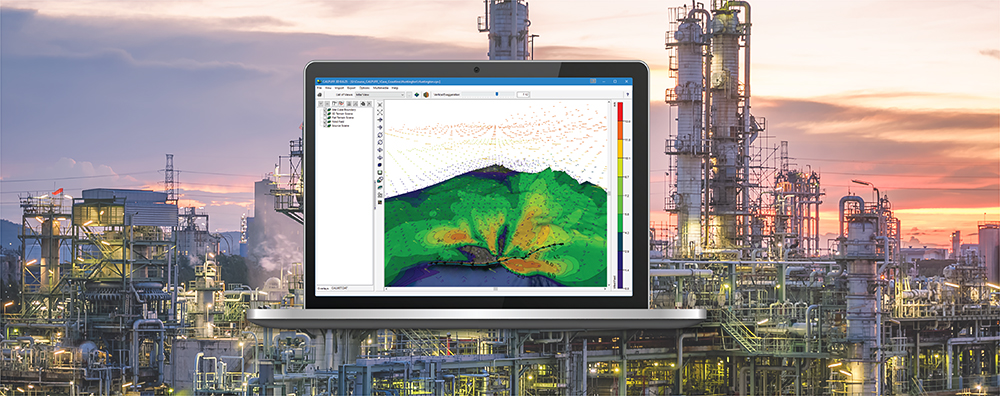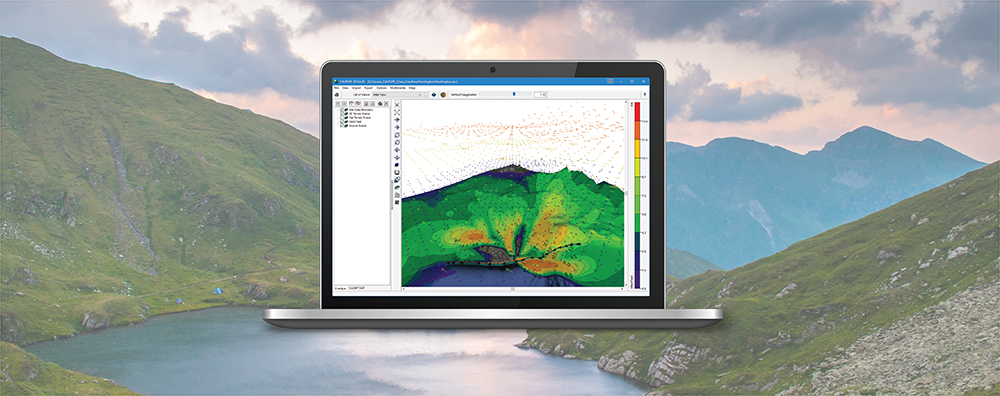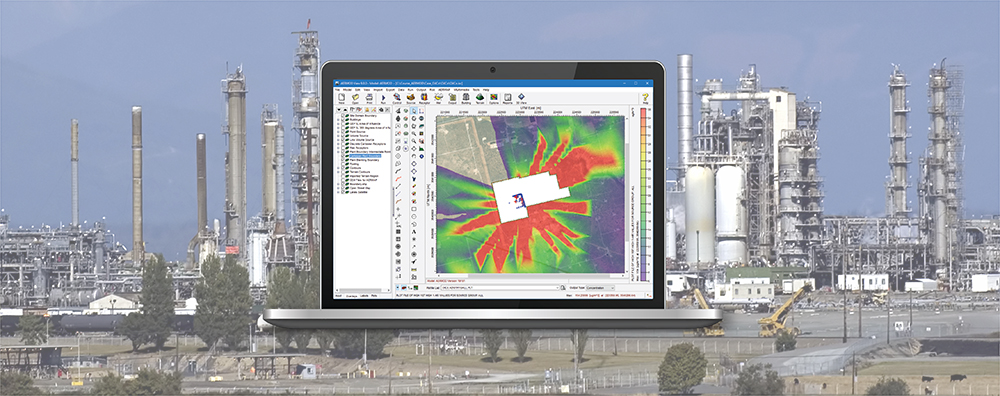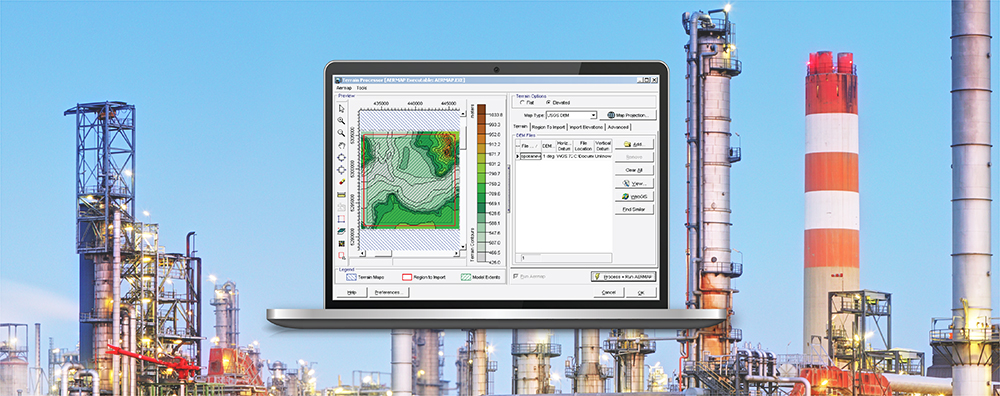CALPUFF View: Parameter Limits
The CALPUFF modeling system is very sophisticated and supports a wide range of modeling scenarios. One limitation of the system is that there are finite numbers of objects that can be specified on the model input parameters.

